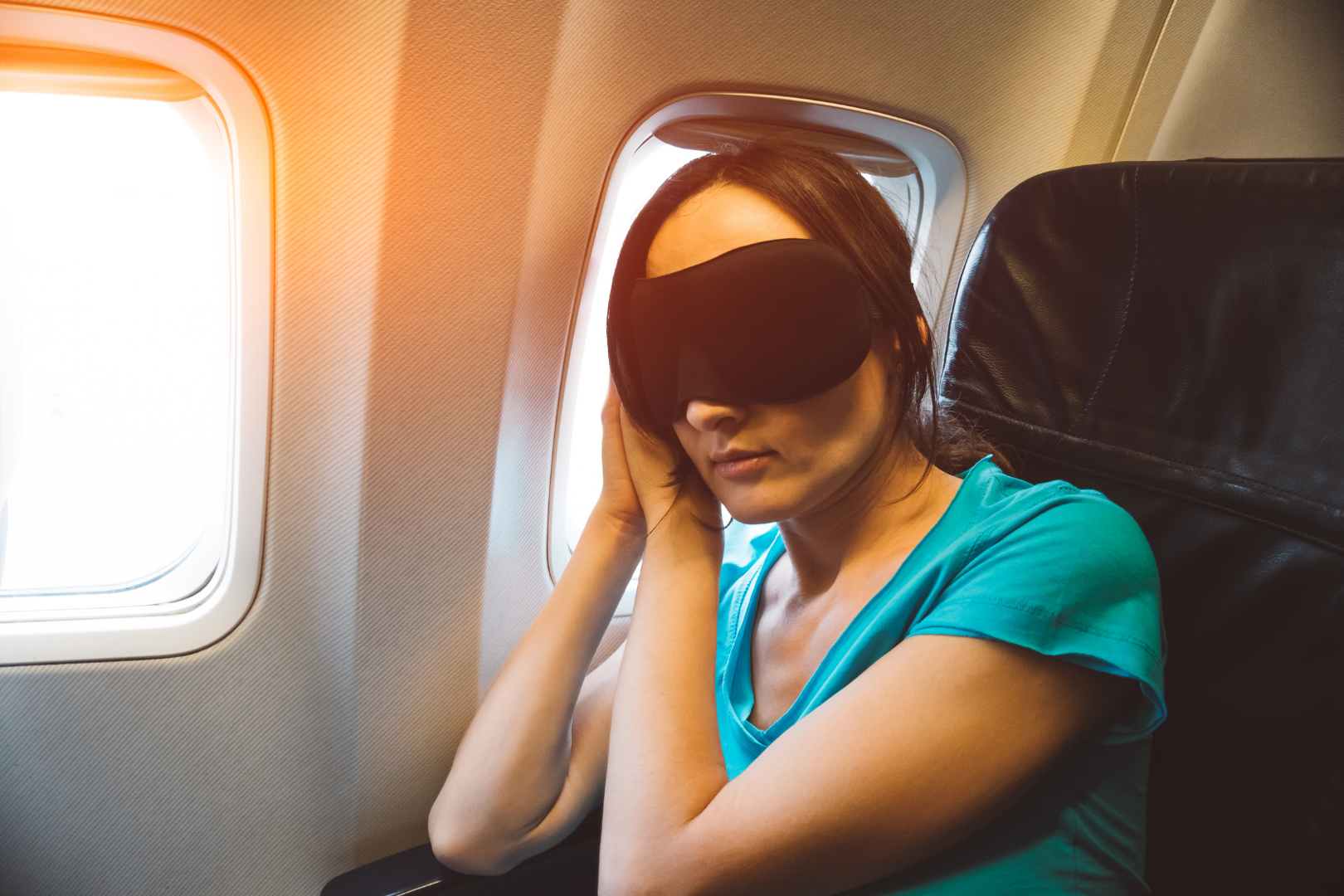
Conquer the Time Zones
Your Ultimate Guide to Beating Jet Lag
Traveling to a new time zone is exciting! The sights, the culture, the food—but then there’s jet lag, the unwelcome companion that can overshadow your adventures or leave you struggling during an important business trip. If you’ve ever landed in a dream destination only to spend your first day sleeping in the hotel or powering through meetings in a fog, you’re not alone.
Jet lag is the result of your body’s natural sleep-wake cycle (circadian rhythm) falling out of sync with the local time. Symptoms like exhaustion, insomnia, mood swings, and trouble concentrating are common. The good news? Jet lag isn’t a travel sentence; it’s manageable! With a little strategy and preparation, you can arrive refreshed and ready to make the most of your time.
This guide will walk you through everything you need to know—from understanding jet lag to mastering pre-trip, in-flight, and post-arrival strategies.
Understanding Jet Lag
What causes jet lag?
At the core of jet lag is your circadian rhythm. This internal 24-hour clock regulates your sleep, energy levels, hormones like melatonin (the “sleep hormone”), and cortisol (the “stress and energy regulator”). Rapidly crossing time zones throws this internal clock out of sync with the local time, creating physical and emotional fatigue.
Eastward travel tends to feel worse than westward travel because it “shortens” your day, forcing your body to adapt faster than it wants to.
Pre-Trip Strategies Prepare for Success
Here’s the deal with jet lag: prevention is way easier than correction. Before you take off, there are simple steps to set yourself up for success.
Gradual Sleep Schedule Adjustment
Start adapting to your destination’s time zone a few days before your trip.
-
Eastward travel (time ahead): Shift your bedtime earlier by 1-2 hours each night.
-
Westward travel (time behind): Stay up a little later and wake up later each day.
Optimize Your Sleep Environment
Create a sleep-friendly zone at home before the trip.
-
Use blackout curtains, white noise machines, and lower the room temperature before bed.
-
Limit evening screen time to avoid blue light disrupting your melatonin levels.
Hydration and Diet
Hydration is key! Drink plenty of water leading up to your flight, and avoid alcohol, caffeine, or heavy meals close to takeoff. They can disrupt your body’s natural rhythms even more.
Strategic Napping
If your schedule is taking you across multiple zones, consider short naps before your departure (no more than 20 minutes) to give your body some extra energy reserves.
In-Flight Tactics Minimize the Impact
Now, you’re in the air. This is a crucial time to minimize the effects of jet lag so you arrive feeling your best.
Adjust to the Time Zone Onboard
Set your watch, phone, or anything you check for time to your destination’s time zone as soon as you board. Then, try your best to follow that schedule. Is it bedtime at your destination? Use an eye mask and noise-cancelling headphones to help you sleep. Is it daytime? Stay awake, stretch, and stay engaged.
Light Exposure Control
Light exposure is one of the most powerful tools to manage jet lag. Use the onboard environment to your advantage:
-
Close the window shades if you need darkness for sleep.
-
Keep the shades open if staying awake is your goal.
Hydration and Light Snacking
Airplane cabins are dry, so drink even more water than usual. Skip alcohol and caffeine, as they dehydrate you and disrupt sleep. Pack light, healthy snacks like nuts, fruit, or protein bars for sustained energy.
Movement and Circulation
Get up regularly for short walks and stretches to improve blood circulation. Being in motion boosts your energy and prevents stiffness or swelling.
Post-Arrival Recovery Get Back on Track
Landing in a new time zone can feel exhilarating and disorienting all at once. Here’s how to reset and beat jet lag on the ground.
Get Natural Light
Sunlight is one of the most effective ways to combat jet lag. Exposing yourself to natural light, particularly in the morning, can help reset your circadian rhythm and ease the transition to a new time zone. Start your day by opting for breakfast outdoors or taking a morning walk. Some studies even suggest walking barefoot to connect with the earth’s natural energy, further enhancing your adjustment.
Stick to the New Schedule
Even if you’re exhausted, make a strong effort to eat, sleep, and function according to your current time zone. Avoid taking long daytime naps; they will just prolong the adjustment.
Stay Active
Exercise is a great way to signal to your body that it’s time to align with the local schedule. Even light activity like yoga or a brisk walk can help boost energy and regulate your metabolism.
Consider Melatonin
For some, a low dose of melatonin supplements can help nudge your body toward regulating its sleep-wake cycle. Always consult a doctor before using any supplements. Use sparingly and only for the first couple of nights.
Tailoring Your Approach Find What Works for You
The truth about jet lag is that there’s no one-size-fits-all solution. Each traveler adapts differently, depending on factors like age, health, and travel frequency. Some swear by melatonin, while others lean into gradual sleep adjustments.
If you’re unsure where to start, AI tools, such as ChatGPT, can help create a personalized schedule for adapting to your destination.
Stay Well Rested for the Adventure
Remember, jet lag is just a temporary hurdle in your travel experience. The discomfort you might feel in the first few days is worth the incredible opportunities waiting for you. Whether you’re finally ticking off a dream destination or nailing that overseas business pitch, these strategies will help you land at your best.
